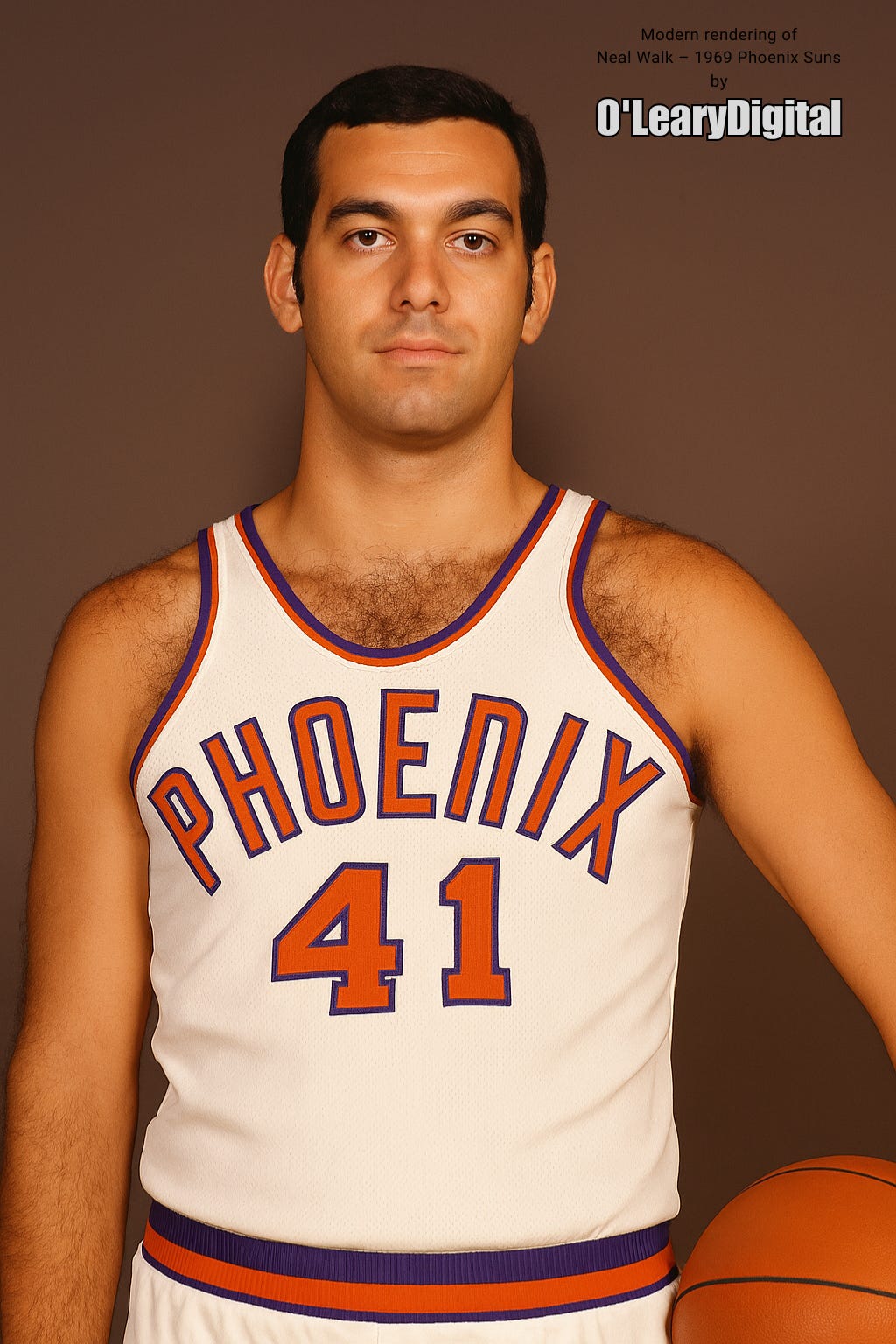Giant Roman Boots to NBA Behemoths: Uncovering History’s Biggest Shoe Sizes?
From a 2,000-year-old fort’s size-14 discoveries to Shaq’s size-22 legacy—why big feet ruled warriors and athletes alike
Amateur historians are abuzz this week at the latest archaeological find in England at Magna, once a Roman fort.
Maria Mocerino of Interesting Engineering calls it a “remarkable treasure trove: from tiny baby booties and elaborate summer sandals to robust marching boots.”
Mocerino was fascinated by the discovery of “eight truly gigantic shoes. The biggest among them measures nearly 12 inches long—that’s a US size 14 or a European 48.”
She then asks: “With a quarter of all shoes discovered at Magna categorized as extra-large, the question remains: why so many, and why so big?”
I’ll attempt to answer.
Applying Occam’s Razor suggests that perhaps these Roman soldiers were some of the largest men in the empire. The fort, predating the nearby and more famous Hadrian’s Wall, was built around 80 AD, and one would think big men were generally good at defense and probably pretty good on offense.
Isn’t this the same reason that the NBA has been so historically biased to “big men?”
The average NBA player has a shoe size of 14.8, while the 7’2” Shaquille O’Neal wore a size 22.
The 6’8” LeBron James wears a size 15 Nike. Kevin Durant—reported to be anywhere from 6’9” to 7’1” wears an 18. Steph Curry, a practical midget in the professional game at 6’3”, wears a size 13 Under Armour sneaker, not much smaller than these ancient Roman “giant” shoes.
Are these players giants, however? Not in the traditional sense, which would make them 12 to 18 feet tall, hirsute, and ugly. While taller than the average American, NBA players are practically hairless, and many of them capitalize on their good looks—or significant lack of ugliness—though there are exceptions.
John Stockton, only 6’1”, was considered one of the hairiest men to play pro basketball. Former NBA guard Baron Davis said about Stockton, “He’s got the leg hair. He needed a manscape.”
Neal Walk, a 6’10” center, was the second overall pick by the Phoenix Suns in 1969. As a combination of hairy and tall, he is in the discussion. But Walk was by no means Bigfoot.
For that matter, several young men I played Freshman basketball against in the Metro League were arguably hairier than Stockton or Walk at the age of 15.
Consider. Many men within our circles of friends and family have the oddity of a large shoe size. Some may have an overabundance of back, ear, or chest hair.
With all these people, however, we are not talking “giants” or genetic freaks in any way.
The same applies to the gargantuan specimens known as offensive tackles in the NFL. They average around 6’6” and 316 pounds.
Before the 20th century, when professional sports were not an option for larger individuals, becoming a warrior was probably a viable alternative for most.
Charlemagne, for instance, was a tall man. His biographer, Einhard, gave the emperor’s height as seven times the length of his foot. Given the average NBA player’s height is about 6’7” with a foot that measures about 12 ¼”, that puts the King of the Franks around the same size as LeBron, possibly much bigger.
Jacob Damman, born in the late 16th century, was described by Platerus, a noted physician at the time whose specific interest was in giants, as “strong of body and limbs,” and “nine feet high complete; the length of his hand was one foot six inches.” Damman is not in the Guinness Book as far as I’m aware, but I suggest taking a gander at some of the absurd records in there.
In its August 1, 1732, issue, London’s Daily Post wrote that “about the middle of July, an Irishman named Fitzgerald who was seven feet high and a lieutenant in the King of Prussia’s Guards, came to London.”
Ireland was part of the British kingdom at the time and owing to the prohibition of Catholics in the British Army, the Irish fellow, Fitzgerald, with no option to run the floor at a local gymnasium or protect Tom Brady’s blindside, likely found refuge as one of Friedrich Wilhelm I of Prussia’s “Potsdam Giants.”
This was Prussian infantry regiment No. 6, which initially required soldiers to be at least 6’2”. The king, only 5’3” or so himself, obtained his giants by nearly any means, including recruiting and trading for them with the armies of other countries.
NCAA head coaches, NFL, and NBA general managers do such things with regularity today.
Mocerino finished the piece with the idea that “Climate change is putting the shoes at risk.”
I guess they’ll use anything to talk about the nonsense of “climate change.”







My wife is the most historically knowledgeable person I know, and has an advantage in having been a historical reenactor for several decades. In other words, her knowledge is field tested, not just "book larnin'". Her first reaction to the shoes? "Think about where and when they were living. It was wet and cold. When it is wet and cold, you don't wear shoes the same size as your feet. You wear LARGE shoes, and you stuff them with rags and straw to help keep your feet warm and maybe even a little drier. If they had a size ten foot, they could easily have worn a size twelve shoe. Or larger."
Of course I told her she was wrong. The much more amusing answer is "They were GIANTS!". In spite of her vast knowledge of practical history, she has little appreciation for the value of novelty and amusement in our daily memetic diet. I continue trying to educate her on the subject.